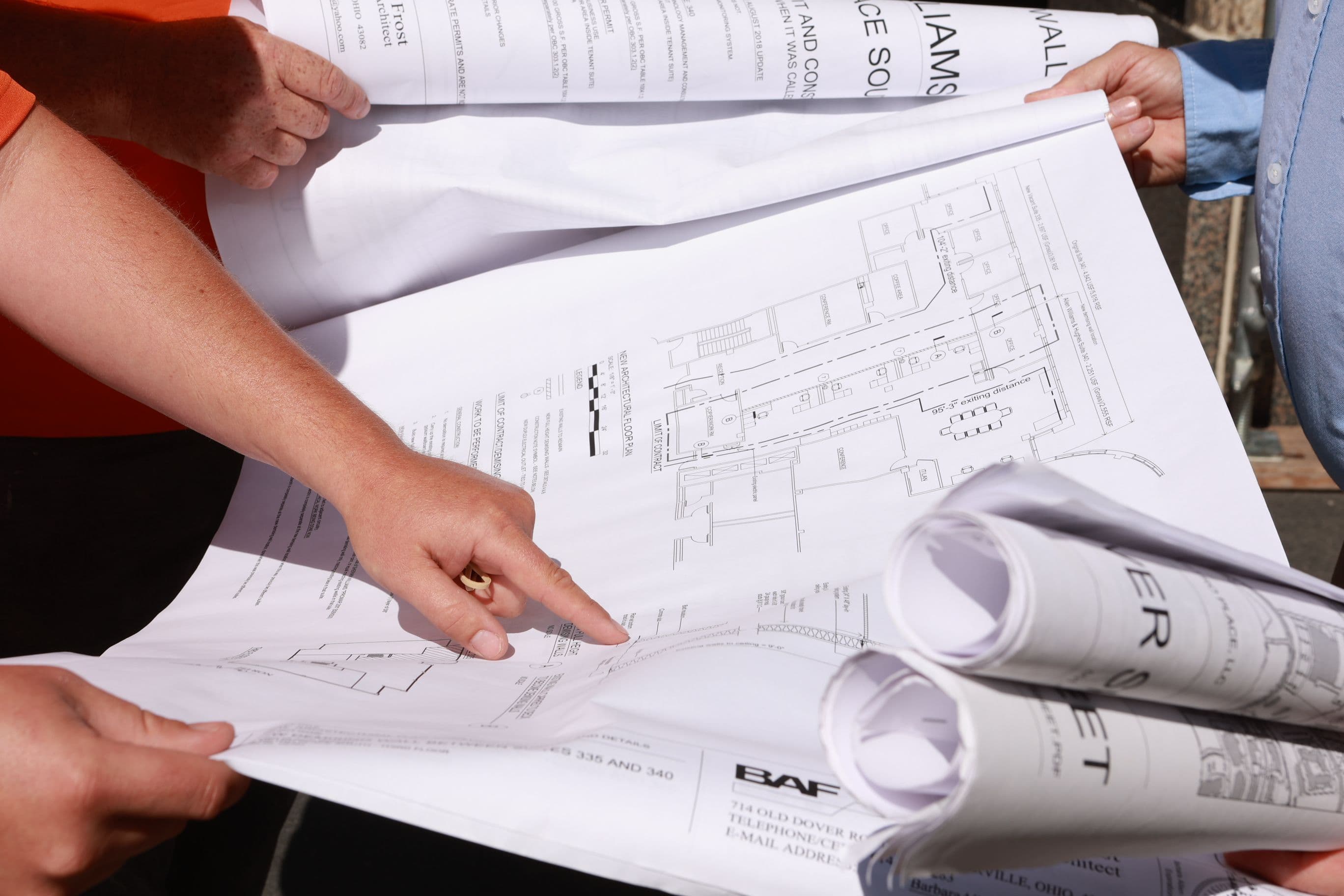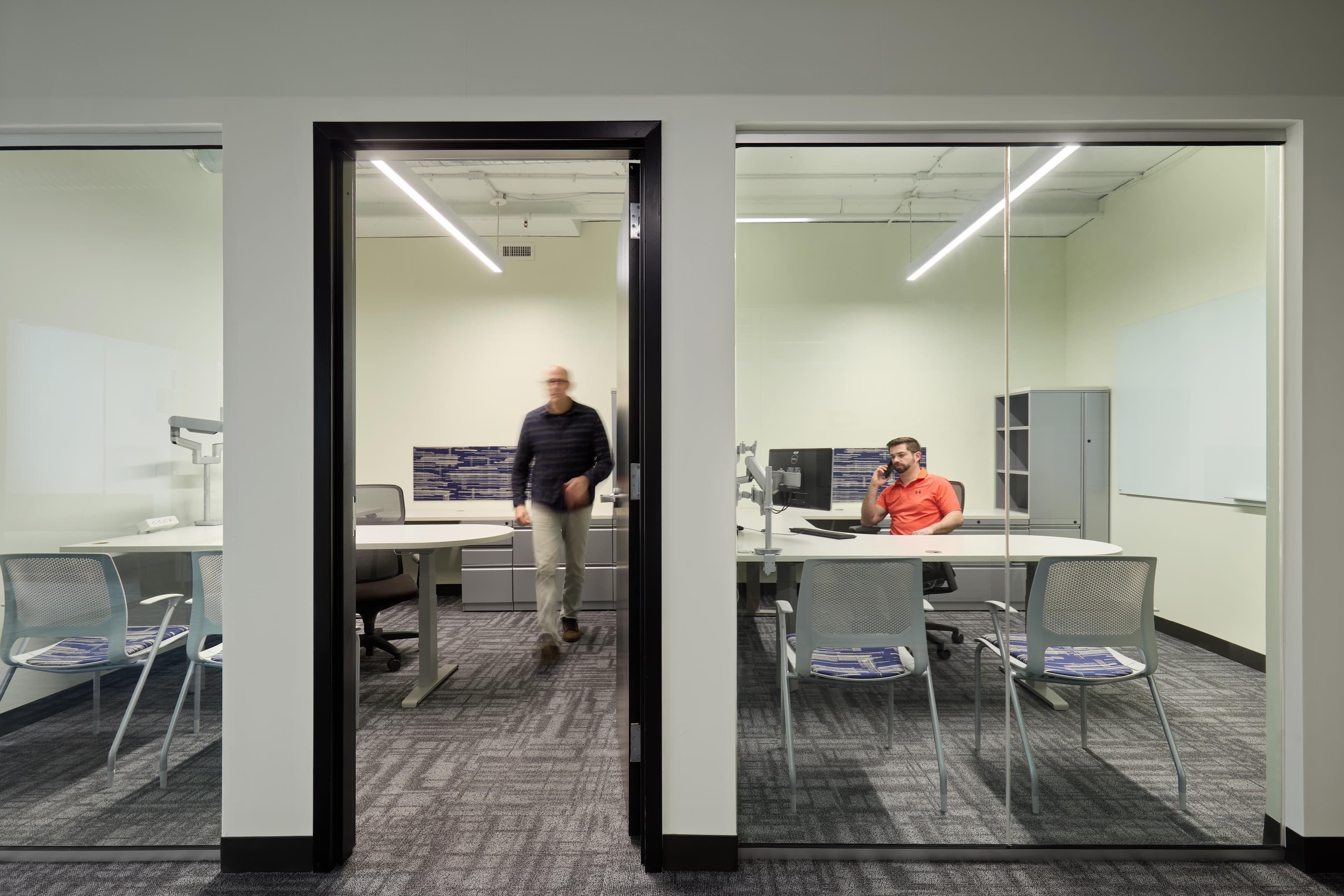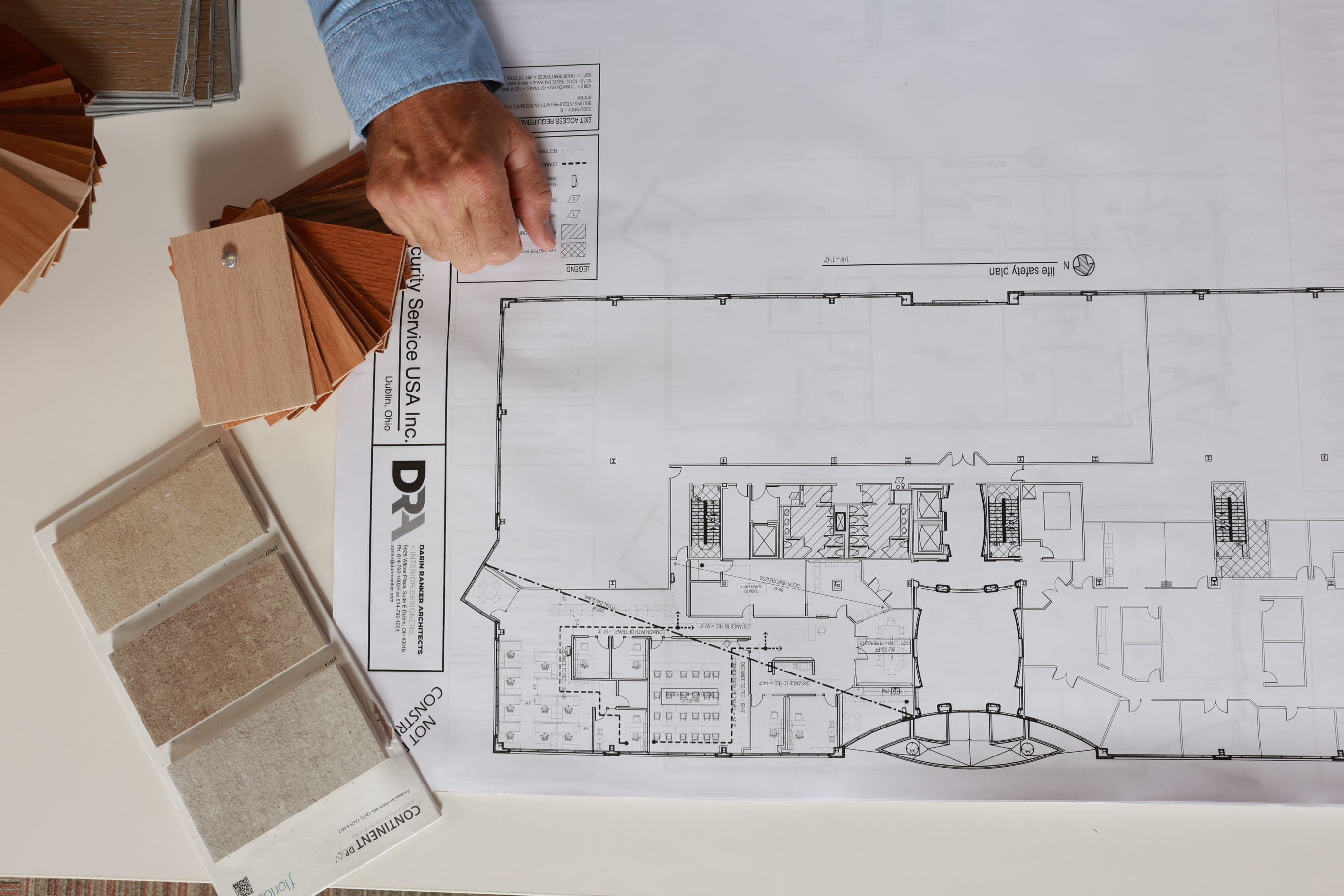
Your Essential Guide to Remodeling a Commercial Restroom
Preparing
How-to
Tips
Design
Architecture
Engineering
Construction
Regardless of whether you’re designing a brand new restroom or remodeling an existing one, the state of your facility’s restroom impacts clientele more than you may believe. According to a survey from Harris Interactive for SCA Tissue North America, 50% of customers who have a negative experience with a facility’s restroom will tell their family and friends. And, 3 out of 10 of those who have a bad restroom experience will never go back to that facility again. This makes it incredibly important to make a good first impression with your restroom.
That’s why we’ve created the ultimate guide to commercial restroom renovations. Before you start your renovation make sure you think through these items.
First and foremost, think through how many people will use your restroom. Here are two ways to decide on this number:
- Ask yourself how many times throughout the year do you have the greatest number of people using your commercial bathroom? Do these numbers warrant the time and money needed to increase the restroom size?
- You can also base your figure on the average number of patrons you have throughout the year. If this number has remained constant, you may not want to an enlarge your bathroom space.
Next, think about what you want the design to express.
Does your office have a classic, sophisticated look or does it reflect a sleek and modern design? Whatever your motif, be sure your restroom reflects a similar design, so there is a smooth transition when moving from one area of the office to the next.
Think through how durable materials and fixtures should be.
Who doesn’t want durable faucets and sinks, but do you need to buy the most expensive item to get your money’s worth? Will a less expensive faucet look just as nice in 5 years as a more expensive one? This is when you need to conduct a little research. Ask people who have completed a commercial bathroom remodel what their experience was. Ask them if they wish they had spent more or less on certain items and why ? Ask your builder and designer their advice. On which items do they advise you to invest more money and on what materials and fixtures can you spend less?
Consider environmentally friendly options.
Touch-free dispensers and fixtures offer two very important improvements compared to manually operated equipment. Since the wave of a hand dispenses water, soap or paper towels there is less chance of spreading germs and viruses between users. In addition, waste can be regulated by timers that control the amount of water or products dispersed and how long hand dryers run. With touchless equipment there are fewer wet and messy spots on counters to clean and sanitize, no hand soap puddled under the dispensers and no paper towels thrown into the trash. Your counters and sinks look fresh and clean.
Ensure ADA public restroom compliance.
The Americans with Disabilities Act (ADA) outlines specific minimum and maximum, non-optional requirements that all commercial builders must adhere to. These requirements guarantee that all citizens have equal access to restrooms with few difficulties. If your facility was built or renovated prior to 2010, it likely doesn’t meet ADA standards. Some concerns would be doorway widths, counter heights, bathroom stall dimensions, toilet placement, accurate placement of grab bars and sink height. Speak with your builder and architect about how these requirements may affect your design.
Lastly, plan your budget for the renovation.
Preparing a budget for a commercial bathroom renovation can be daunting. Where do you begin? Consider hiring a professional designer who has worked on a number of corporate bathroom projects of varying sizes and budgets. A professional will help you create a workable budget and guide you through numerous regulations and a myriad of decisions. The designer’s experience will be invaluable as you decide how and and on what to spend your money.
This short, yet important, guide will help you better plan for your company’s bathroom renovation. Take the time to talk with other people who have completed a similar project. Ask about their problems and successes. Creating a new restroom takes time and patience, but your reward comes at the end of the project when you see how pleased your staff and clients will be.
Tom White
Partner
Related Articles


